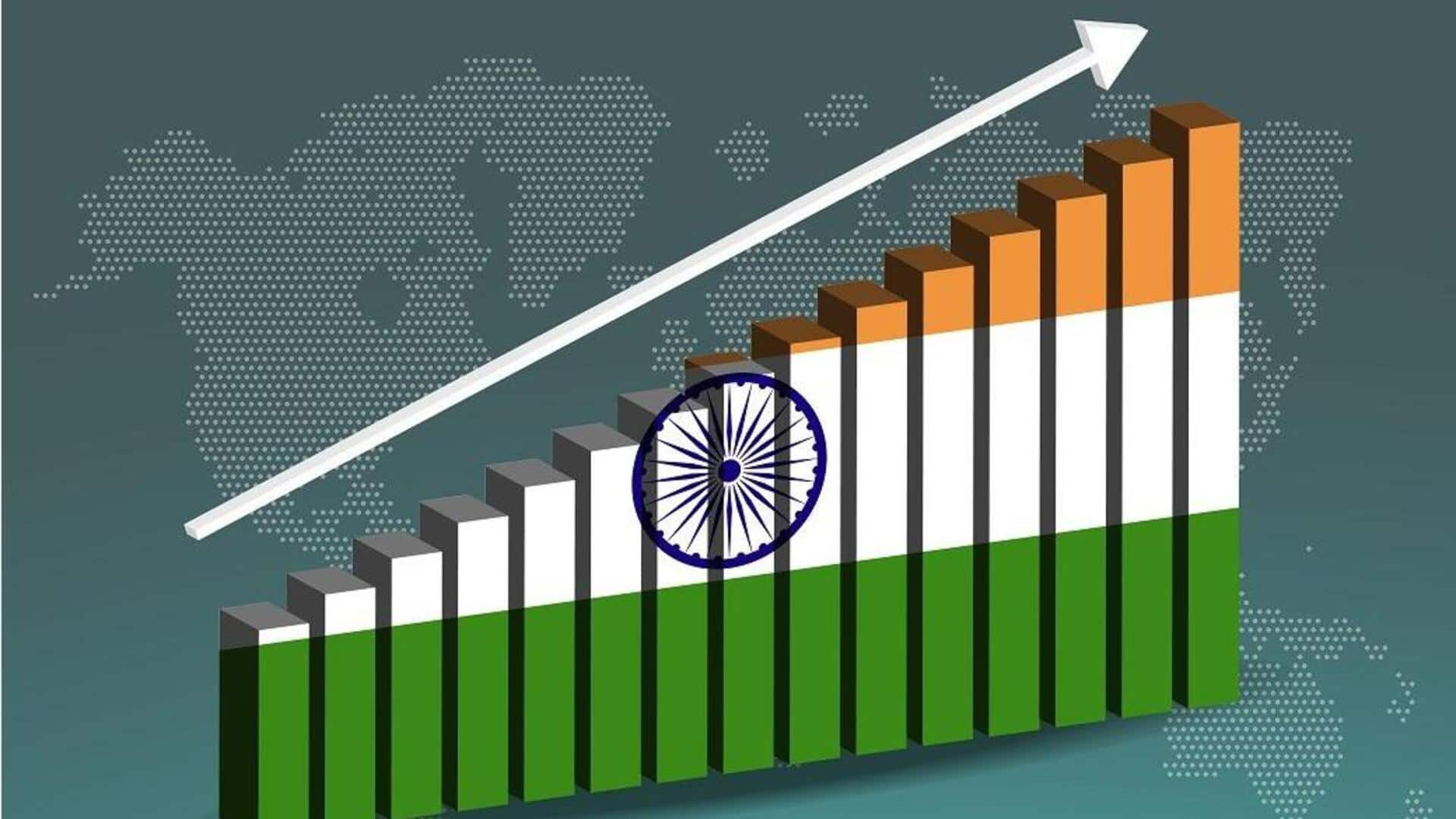
India to become upper-middle-income nation by 2031: What it means
What's the story
India's economy is on track to grow by 6.8% in FY25 and achieve upper-middle-income status by 2031, as per rating agency CRISIL. The World Bank defines lower-middle-income countries as those with per-capita income of $1,000-$4,000 and upper-middle-income with per capital income between $4,000-$12,000. The study also forecasts that India's GDP will double to $7 trillion by 2031. That means India will become the world's third-largest economy by 2031, surpassing Japan and Germany.
Contributing factors
Factors supporting economic progress
CRISIL credits India's economic growth to domestic structural reforms and cyclical factors. The firm's CEO, Amish Mehta, underlined the manufacturing sector's potential. This is mainly attributed to global supply-chain diversification opportunities and infrastructure investment. The green-transition imperatives and solid lender balance sheets also propel India's growth trajectory. Mehta added that ongoing reforms and global competitiveness will push manufacturing's GDP share beyond the estimated 20% in FY31.
Challenges remain
Challenges and emerging sectors
CRISIL's report also highlighted growth challenges such as geopolitics, uneven global recovery, climate change, and technological disruptions. It also stressed the need for fiscal consolidation and private sector participation in capital expenditure. Emerging sectors like electronics, electric vehicles (EV), and energy transition-intensive industries make up 16% of incremental capex in FY23 and FY24.
Sector details
Manufacturing and services growth projections
CRISIL's Chief Economist Dharmakirti Joshi predicted that the manufacturing and services sectors will grow at 9.1% and 6.9%, respectively, between FY25 and FY31. He highlighted plenty of opportunities for both sectors to cater to domestic and global demand. Despite manufacturing's growth catch-up, Joshi expects services to remain the primary driver of India's economic growth in this decade.